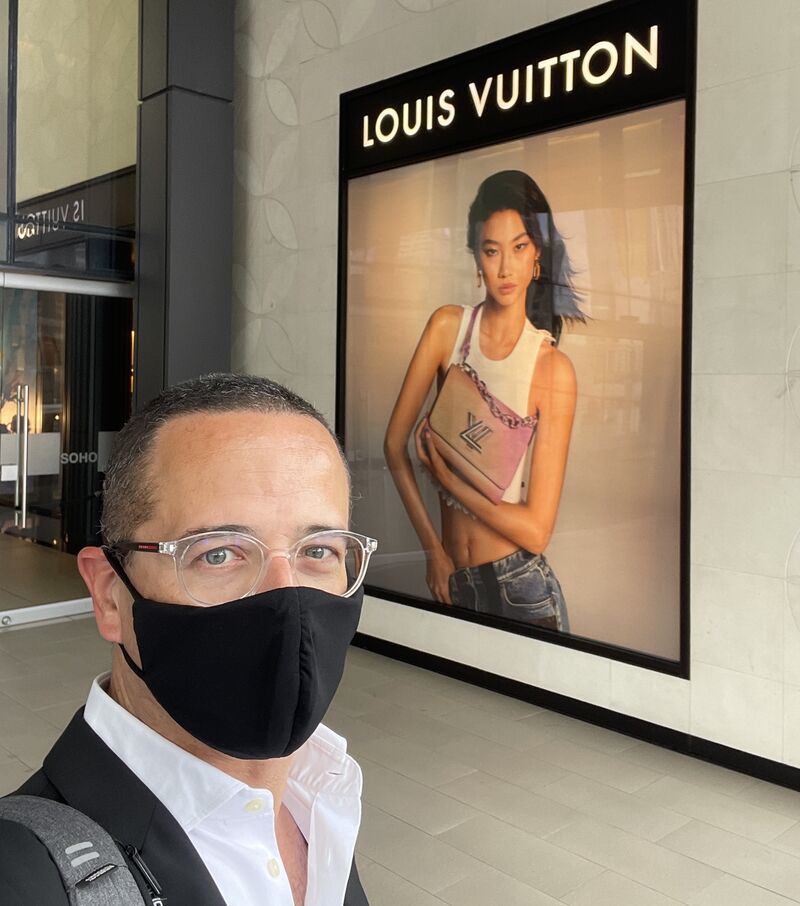Louis Vuitton boutique in Panama City. The face of a young Asian consumer. Bain & Company estimates that, by 2025…
Chinese consumers are set to become the dominant nationality for luxury, growing to represent between 40% to 45% of global purchases (vs. 33% in 2019).
Mainland China is on a path to overcoming the Americas and Europe to become the biggest luxury market globally (weighted 25-27% vs. 11% in 2019).
Younger cohorts (Generations Y and Z) should become more demographically dominant in luxury, representing 70% of global purchases (Gen Y >50%).
By 2030, the Asian Middle Class will be made up of 3.5 billion people, up dramatically from 1.4 billion in 2015, and will account for 65% of the world’s total. This means that almost 90% of the next 1 billion people to enter the middle class globally will be Asians. This higher income will change the shape of the consumption, with spending shifting away from basic needs towards high-end products and services, including luxury purchases. Coco Chanel: “Luxury is a necessity that begins where necessity ends”.
For the last two decades, luxury grew by increasing penetration (new consumers in the same markets or new geographies). Luxury is more recruitment rather than a repeat purchase business. This looks to keep being the future trend.

